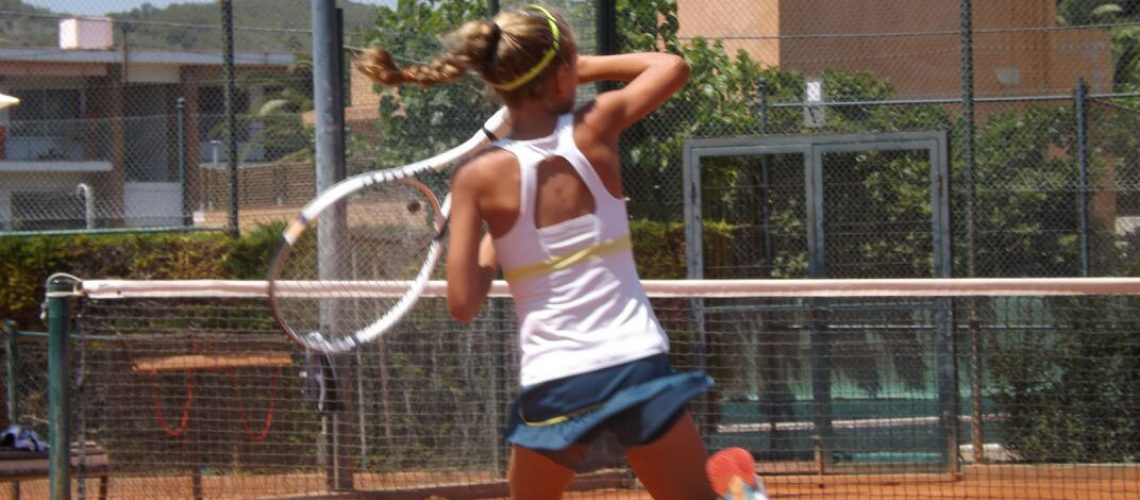Choosing the right shot for the right moment is a matter of good vision and being aware of the reality of your position. Many players, from beginners to mid-level players, are mistaken in thinking that the balls in the attack zone have to be hit as hard a possible, or that attacking means hitting the ball trying to get the smoke out of it. Sure, at high levels, you can’t forgive that ball, but its execution comes through a long work.
That ball in the middle court, high and stopped, the one that seems so easy to you, is one of the most difficult. Why? How?
- First – simply because it seems easy to you.
- Second – because you have less space to direct it on the court.
- Third – if the ball is hanging in the air, that means you have to do all the technical work yourself.
- And the last thing – if you do not put pressure with that shot, you will be in an uncomfortable situation at the net or you can also make the mistake of staying in the “dead zone”.
Have you noticed how many times that ball is missed? The player prepares the point well at the baseline, has the ball to define, and… what does he do? He reaches the attacking position, half smiling, already triumphing, walking, adjusting badly, making a gigantic gesture, and then – with the full force he hit the fence, or at the bottom of the net. And that is repeated as many times as it takes to lose a game.
Steps to follow in the Approach
- You don’t have to underestimate it, and you have to try to adjust with great concentration. If you have already worked on it a bit, you will know that you have to leave more distance than normal to be able to accompany the shot with the body.
- You have to shorten the backswing once you are in half court.
- Hit the ball high if possible, above the net but not above the shoulders if it is not an overhead.
- Do the adjusting footwork part well – the proper steps and then direct the ball depending on the play. You already know that in most cases the deep down the line is to prepare the point and the crosscourt – to close.
- And, another thing, from a high ball, you do not make drop shots!
But if you are just starting out, all you have to do is: maintain good mobility, adjust well, and with a short backswing, execute a control shot going up to volley. Thus, placing your opponent in an uncomfortable position will force him to throw a tighter shot and take more risk than normal. And on the net, please, don’t stand still like a pole. If you don’t feel comfortable volleying, at least make a beast face, move around, and see if you can scare or distract your opponent. (But with all this do not distract yourself and follow the limits of sports ethics).
A lot of people hit that ball and go back to the baseline. Most of the time they don’t have time to recover and if the opponent doesn’t hit a winner, at least he forces them to miss the next shot. Therefore, try to be brave, and even if you go up several times and your opponent passes you and wins the point, you will still accumulate the experience and improve the game in that area of the court for future matches (remember: do that on practice, not on tournaments).
There is another thing that helps a lot to have more security in the short balls, and that is how you VOLLEY. When you are sure of your abilities at the net, you no longer try to play it all in one shot when you approach and that gives you more options to choose.
In the next articles, we will see how to technically execute different types of approach, in addition to seeing the move that we call: APPROACH +1.









